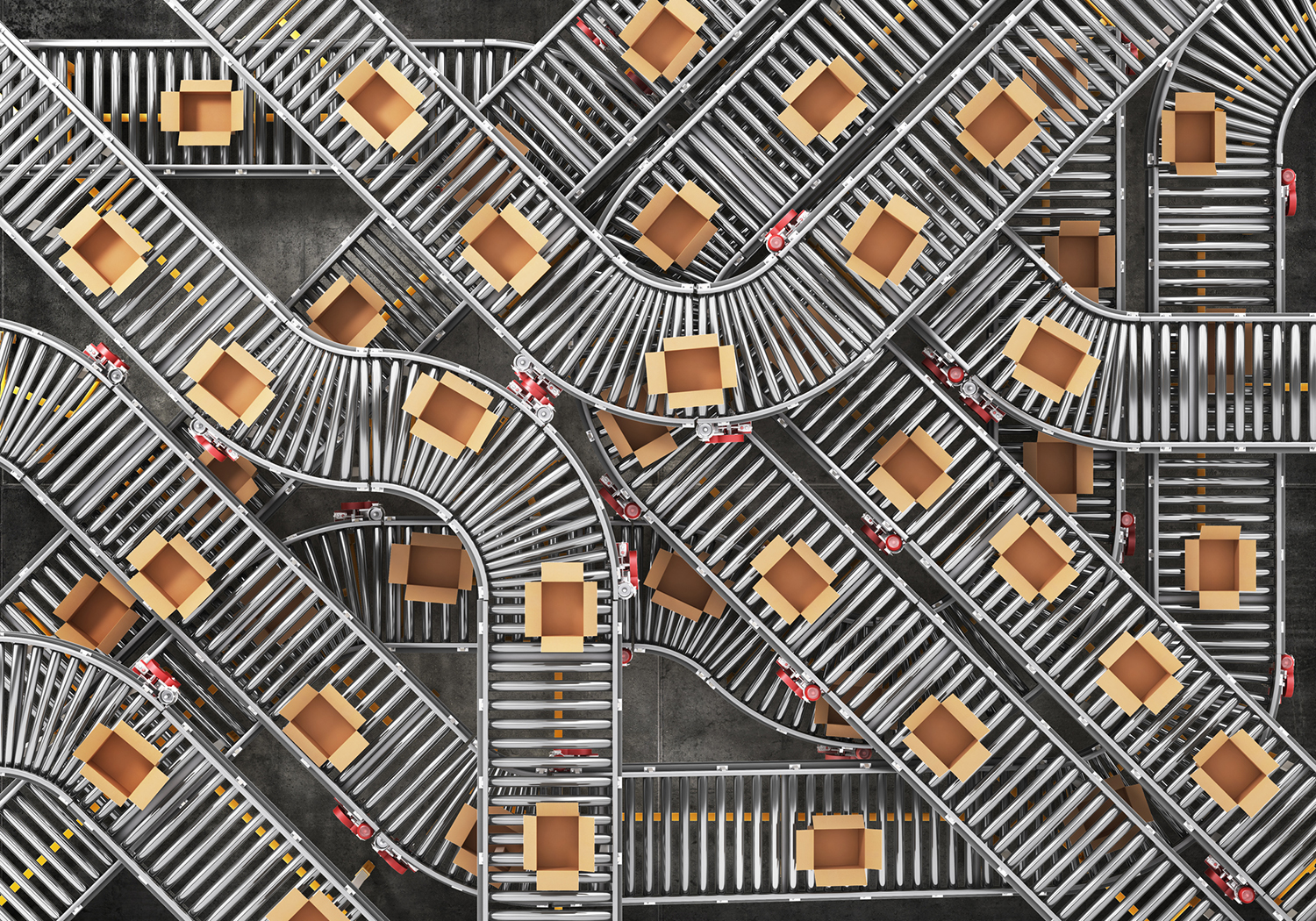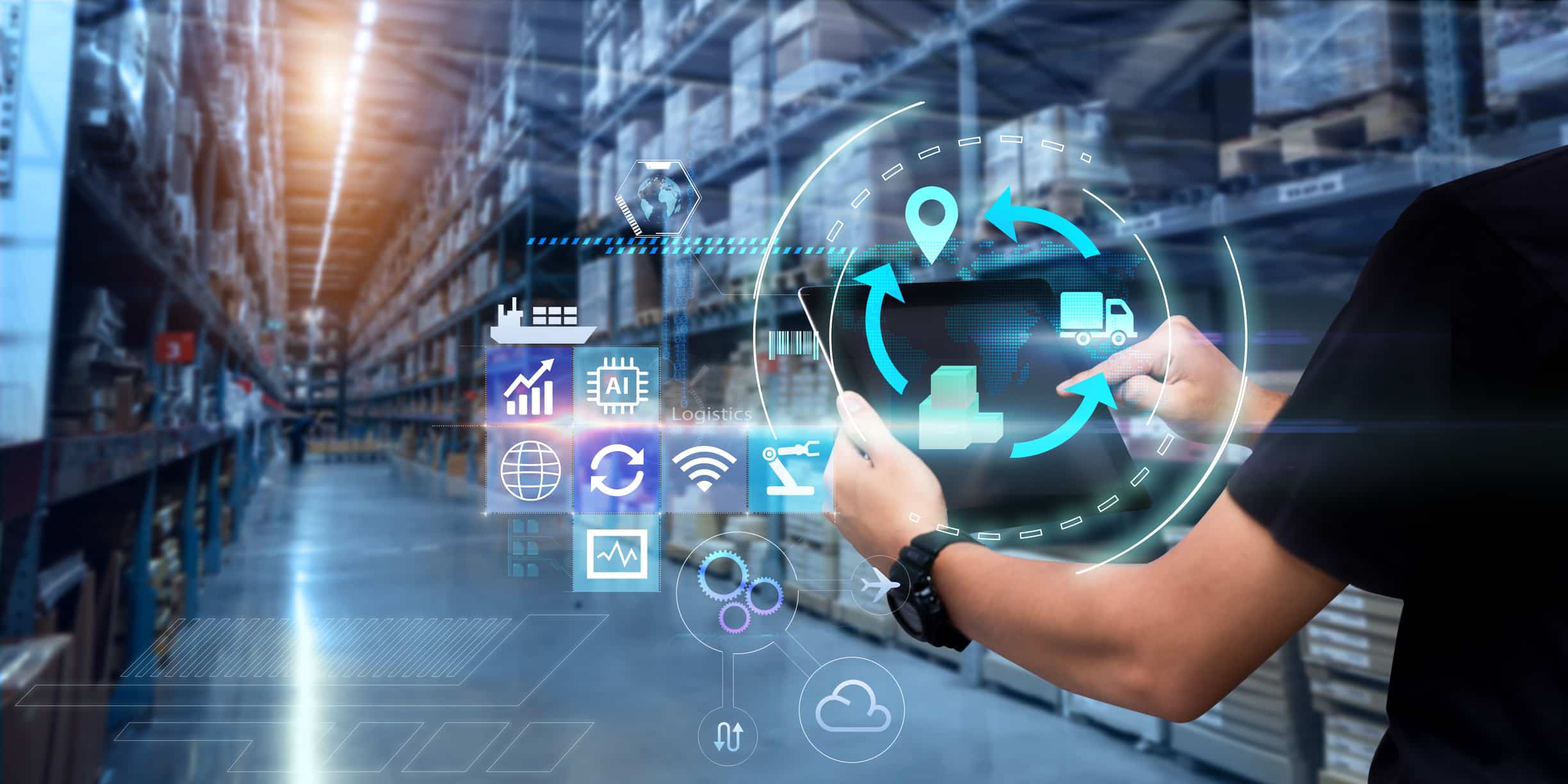In today's competitive market, delivering an exceptional customer experience is essential for business success. One…

Warehouse Revolution: Unleasing the Benefits of Ground-Up Redesign
The warehouse, often regarded as the backbone of a business’s supply chain, is a dynamic space that demands constant adaptation to meet evolving demands. Rethinking or entirely redesigning a warehouse from the ground up is not merely a transformative endeavor; it’s a strategic investment that yields a multitude of benefits. In this article, we explore the advantages of this innovative approach and provide some “out of the box” tips for designing a new warehouse.
1. Improved Efficiency and Productivity:
One of the primary benefits of redesigning a warehouse is the potential for significant improvements in efficiency and productivity. By strategically optimizing layout, workflow, and storage systems, businesses can streamline operations, reduce travel time, and enhance overall productivity. This can lead to faster order fulfillment, reduced lead times, and increased customer satisfaction.
2. Enhanced Flexibility and Scalability:
A ground-up redesign allows for the incorporation of flexible design elements that accommodate changing business needs. Modular storage systems, scalable infrastructure, and adaptable workspaces ensure that the warehouse can evolve with the company. This flexibility is particularly valuable in industries with seasonal fluctuations or unpredictable growth patterns.
3. Maximizing Vertical Space:
Traditional warehouse designs often underutilize vertical space. Thinking “out of the box” involves maximizing vertical space through the use of high-density storage solutions like vertical carousels, mezzanine floors, or automated storage and retrieval systems (AS/RS). This not only increases storage capacity but also optimizes the use of valuable floor space.

4. Embracing Automation and Technology:
Integrating cutting-edge automation and technology solutions is a key aspect of warehouse redesign. This can include implementing robotics for tasks such as picking and packing, using RFID technology for real-time inventory tracking, and employing warehouse management systems (WMS) for seamless control and monitoring of operations.
5. Sustainable Design Practices:
Adopting sustainable design practices is an increasingly important consideration in warehouse redesign. Incorporating energy-efficient lighting, utilizing recycled and eco-friendly materials, and optimizing HVAC systems can reduce the warehouse’s environmental footprint. This not only aligns with corporate social responsibility but can also result in long-term cost savings.
6. Ergonomic Workspaces:
Prioritizing the well-being of warehouse staff is a forward-thinking approach. Designing ergonomic workspaces, including adjustable workstations, proper lighting, and comfortable break areas, can enhance employee satisfaction, reduce fatigue, and contribute to a safer working environment.
7. Incorporating Collaboration Spaces:
Beyond traditional storage and processing areas, consider incorporating collaboration spaces within the warehouse. These areas can serve as hubs for team meetings, brainstorming sessions, or training programs. Fostering a collaborative atmosphere within the warehouse can boost employee morale and promote a sense of community.
8. Flexible Fulfillment Zones:
Redesigning a warehouse with a focus on creating distinct fulfillment zones for different order types can lead to more efficient order processing. By strategically organizing zones based on factors such as order volume, size, or shipping method, businesses can minimize congestion, reduce errors, and enhance overall order accuracy.
9. Emphasizing Safety and Compliance:
An often overlooked but crucial aspect of warehouse redesign is prioritizing safety and regulatory compliance. This involves incorporating proper signage, well-defined walkways, and safety barriers. Additionally, implementing smart technologies like sensors and cameras can enhance warehouse security and monitor compliance with safety protocols.
10. Future-Proofing Design:
Anticipating future trends and advancements in logistics and technology is essential when redesigning a warehouse. A forward-thinking approach involves creating a design that can easily adapt to emerging technologies, industry trends, and changing consumer behaviors. This future-proofing ensures that the warehouse remains relevant and competitive in the long run.
The benefits of rethinking or entirely redesigning a warehouse from the ground up extend far beyond the immediate visual transformation. The strategic incorporation of innovative design elements can result in improved efficiency, scalability, and employee satisfaction. By thinking “out of the box” and embracing cutting-edge technologies, businesses can position their warehouses as dynamic hubs that not only meet current operational needs but also anticipate and adapt to the challenges and opportunities of the future.
We offer collaborative warehouse design and full-service third-party logistics. Reach out to us today for a consultation!





